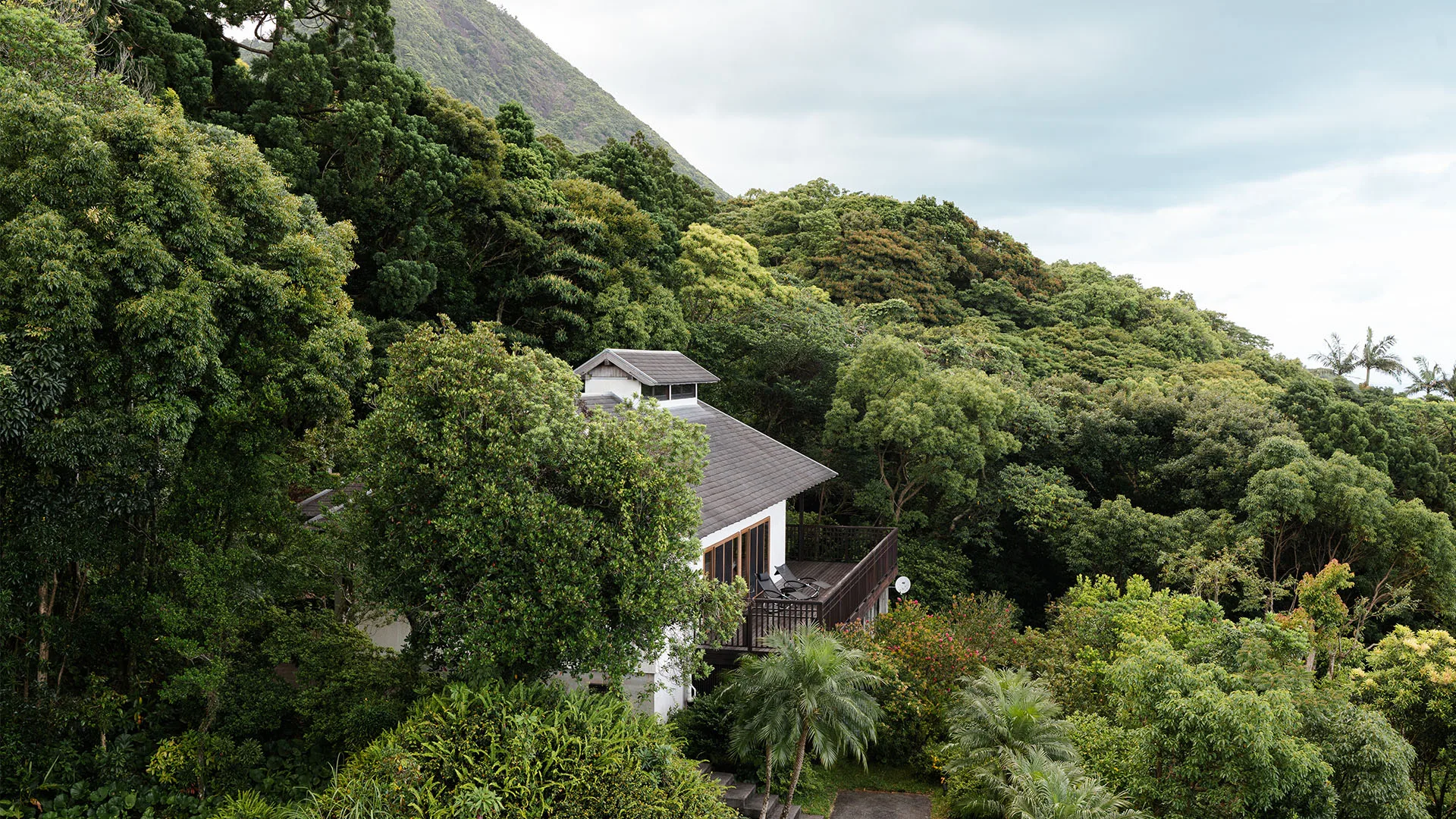
Japan’s natural ‘power spots’ will nurture your mind, body, and soul
The Japanese tradition of forest bathing – or shinrin yoku – may have made its way westwards some years ago, but an air of mystery still shrouds Japan’s ‘power spots’ (pawa-supotto). These sacred places are said to hold great spiritual energy, and are often in astoundingly beautiful natural settings, close to temples and shrines – so you can combine your back-to-nature rejuvenation with some sightseeing. This International Day of Forests, we celebrate the changing of the seasons on Yakushima Island, the mystical location of Japan’s first World Natural Heritage site.
Where to find ‘power spots’ on Yakushima
A wild, emerald island off the southern coast of Kyushu, Yakushima is a verdant tangle of ancient cedar trees, cascading waterfalls, and mountainous trails (mostly trodden by foraging Yaku deer). Moss-covered roots twist and turn through the moody forests which inspired anime masterpiece, Princess Mononoke – and there’s an almost eerie, fairytale feel within the history-laden branches.
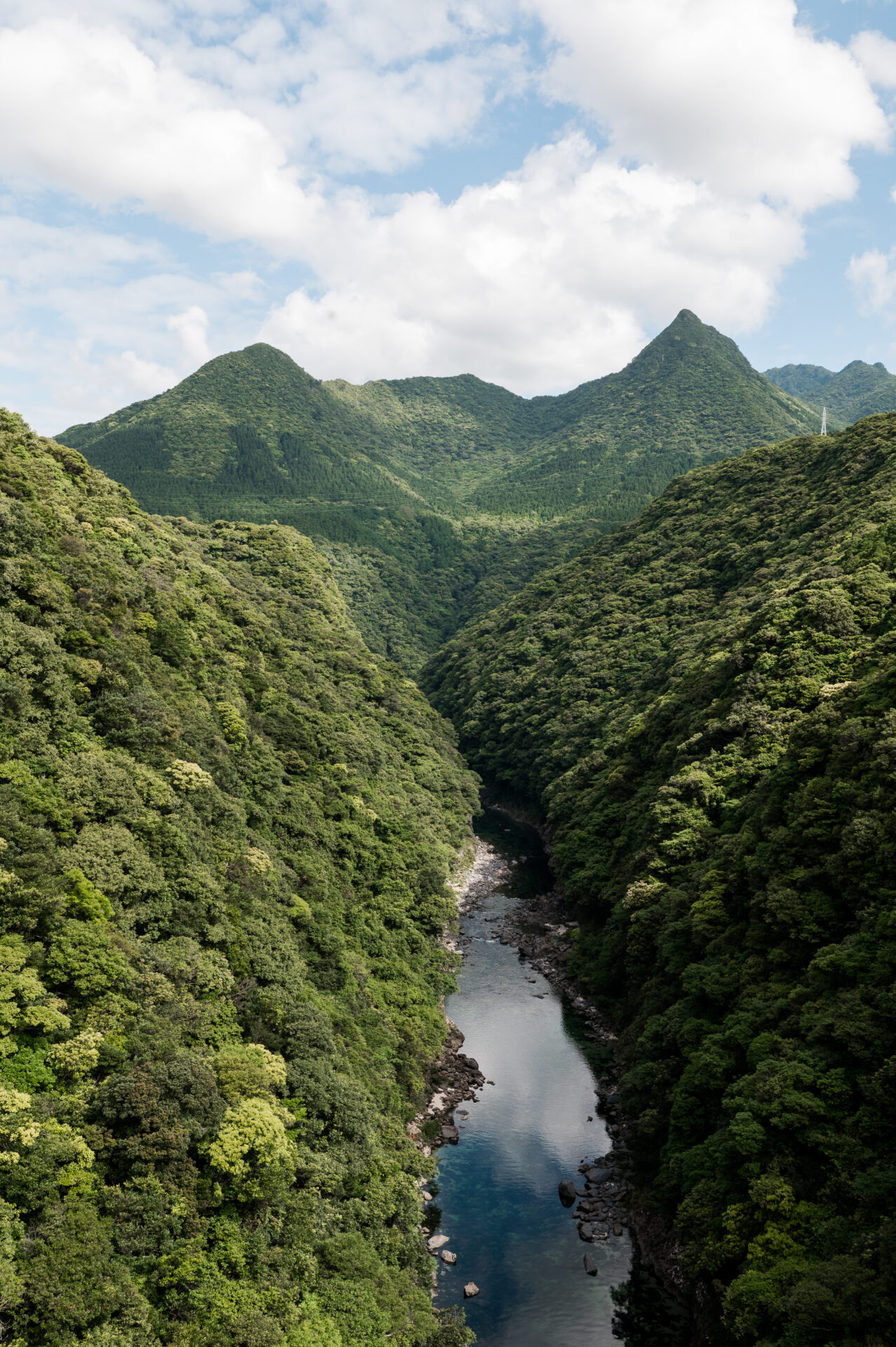
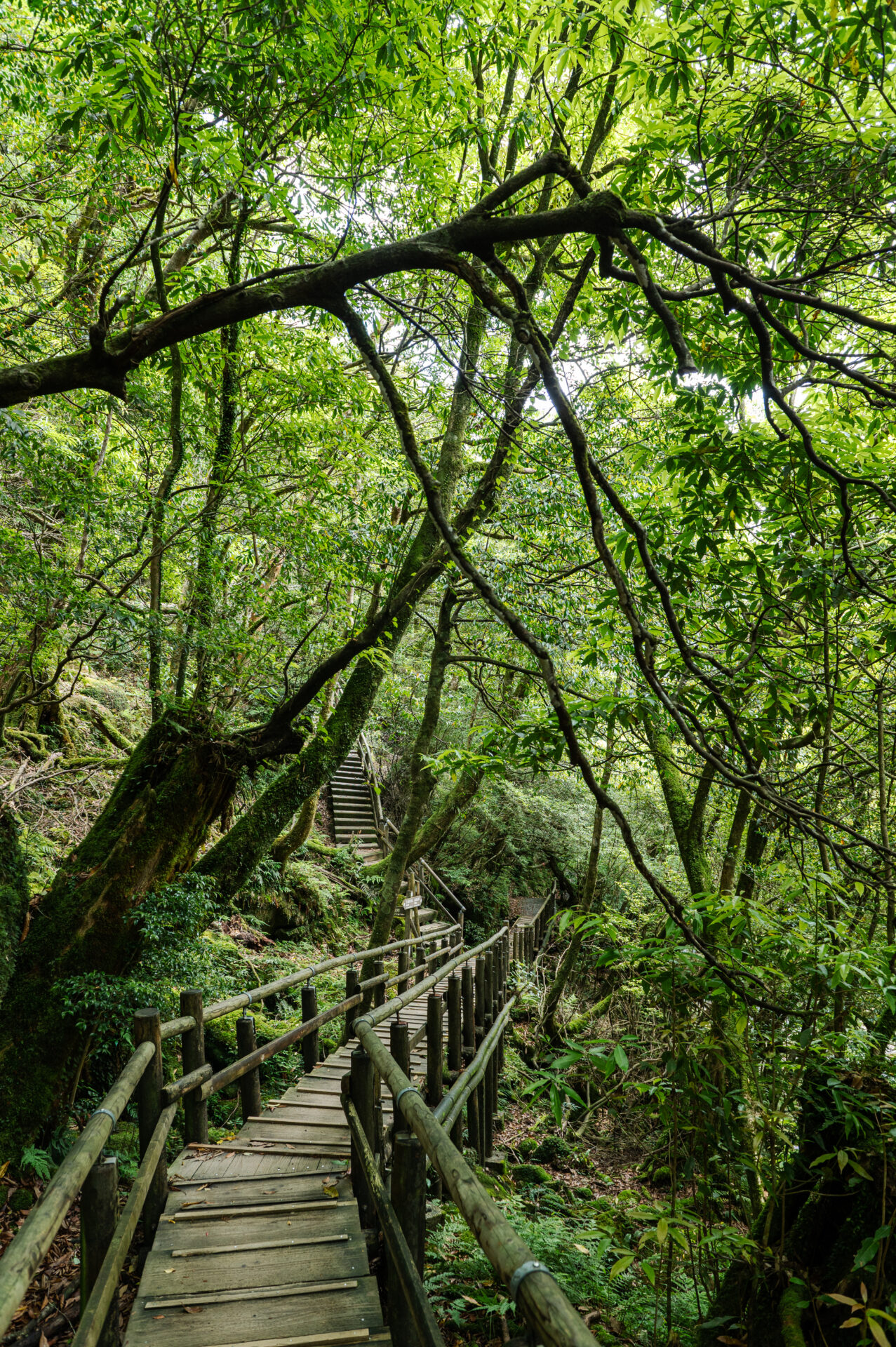
Why visit Yakushima in spring?
Yakushima is a year-round paradise for hikers, but springtime is when the island really comes into its own. The long rainy season (kinome-nagashi) trickles to an end in March, moistening the evergreen forests which sprout new greenery each day, while cherry blossoms and hot-pink azaleas begin to bloom. April is one of the most vibrant times to visit, and you can join the local beach-cleans before the sea turtles start laying eggs. A blazing carpet of rhododendron covers the mountain slopes in May, when the annual hike (Yakushima Shakunage Tozan) to spot these fiery flowers draws walkers from around the world. As night falls, fireflies flit beneath the star-filled sky.
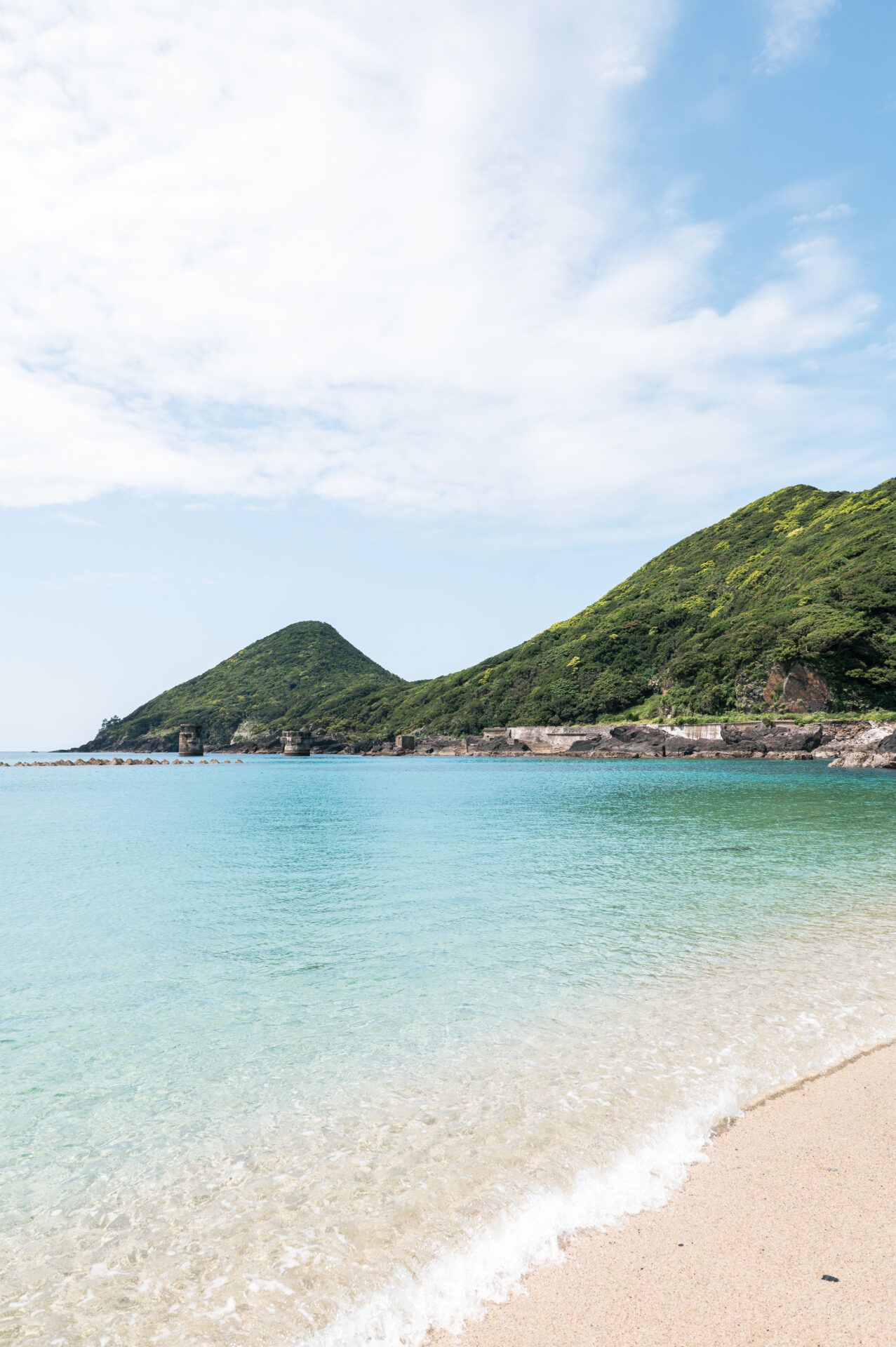
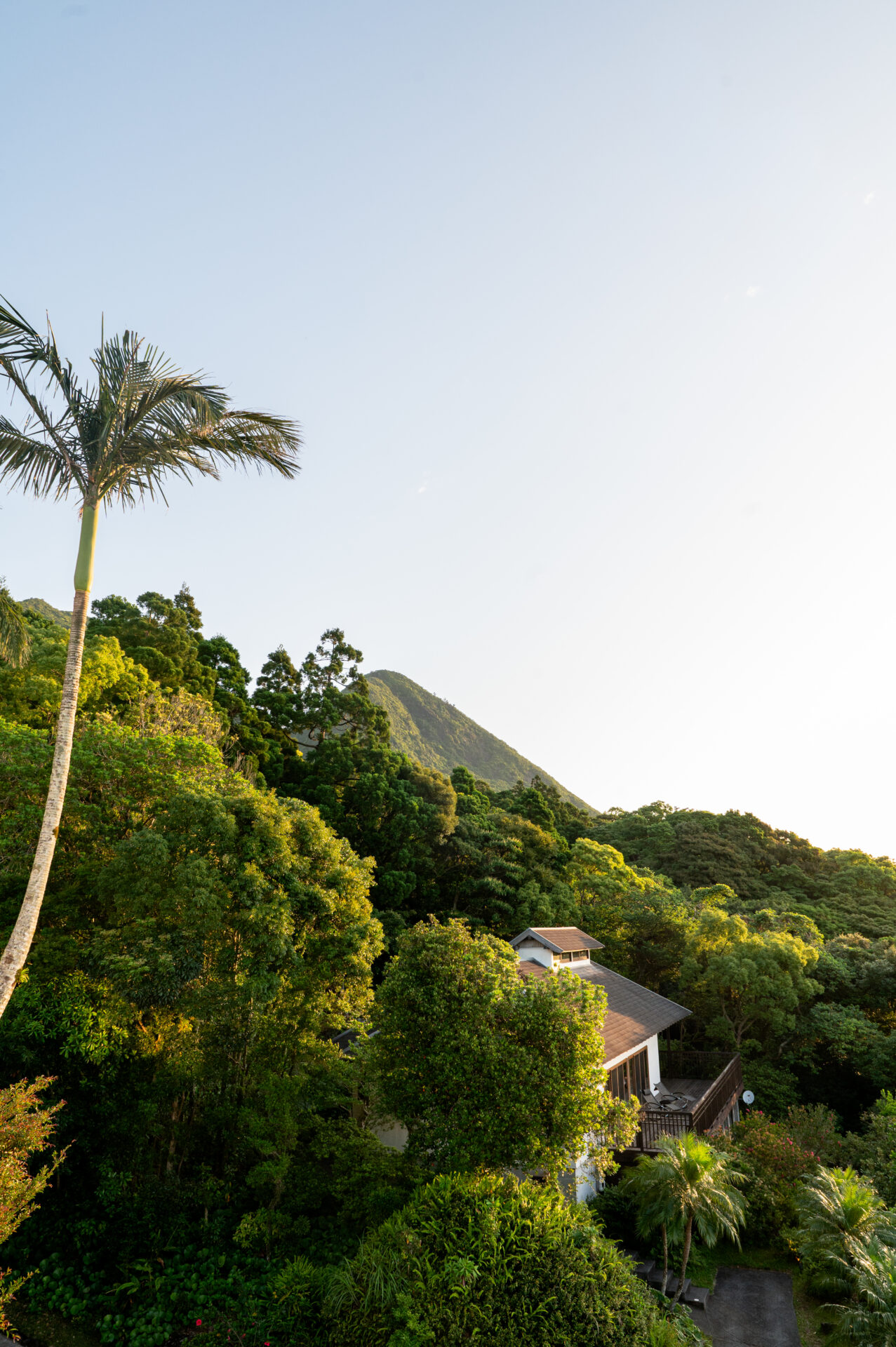
Where to stay on Yakushima
The sounds of wildlife fill the forest-wrapped suites and villas at Sankara Hotel & Spa, a secluded retreat set between glorious granite mountains, fragrant cedar forests and the shimmering sea. The natural surroundings supply the auberge-style French restaurant, with ingredients (you likely won’t find anywhere else) sourced from the island’s farming and fishing communities.
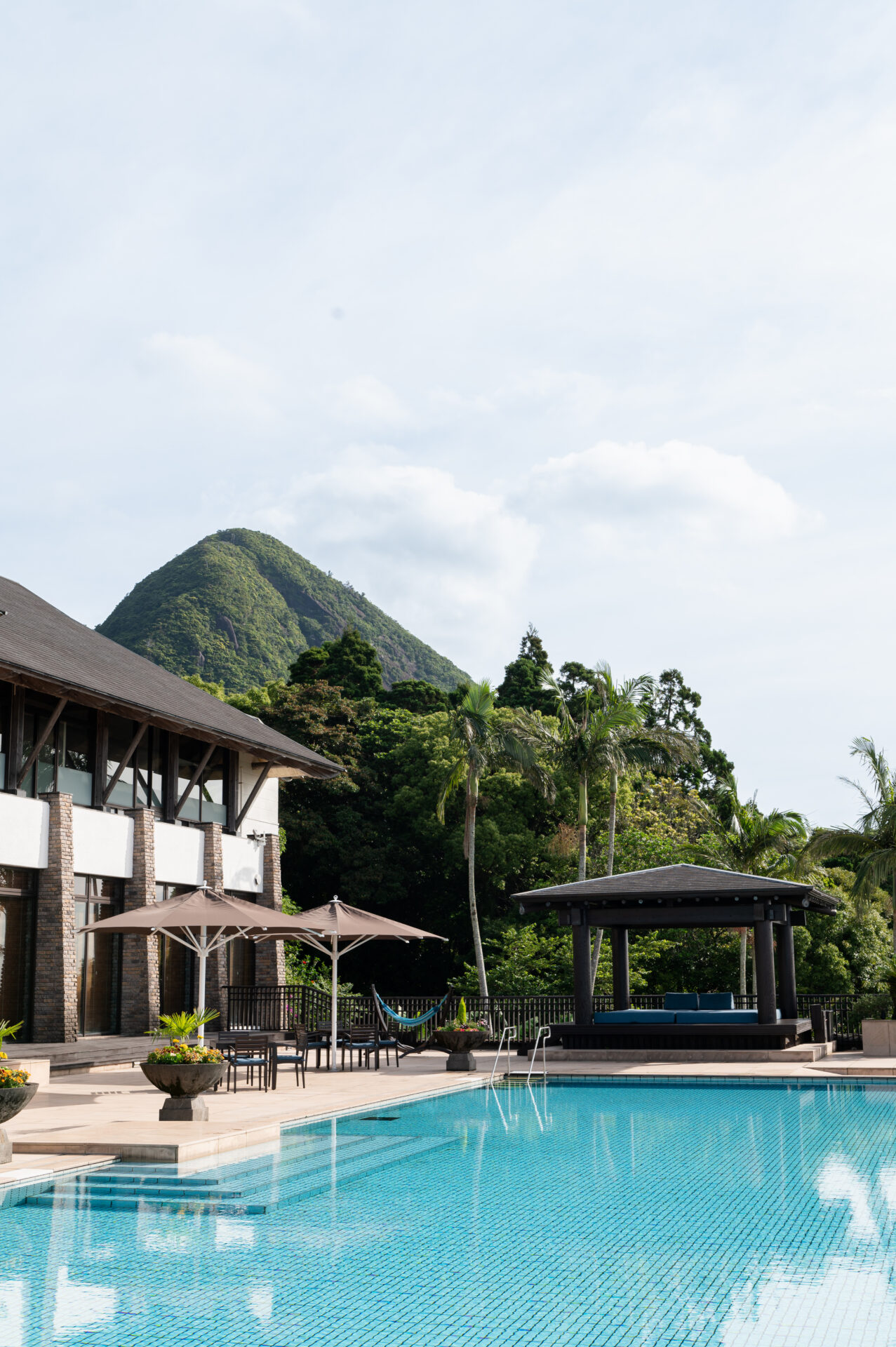
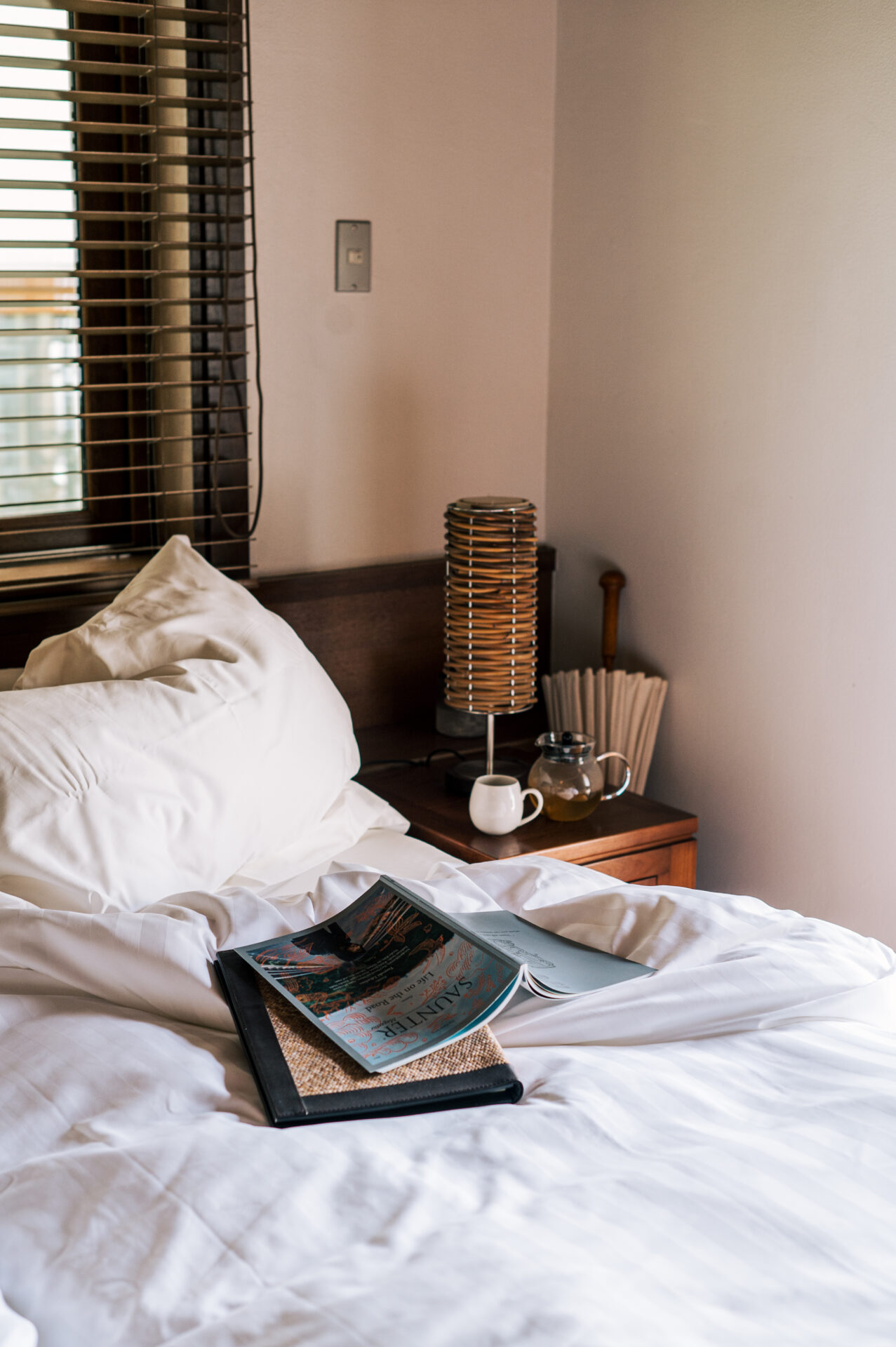

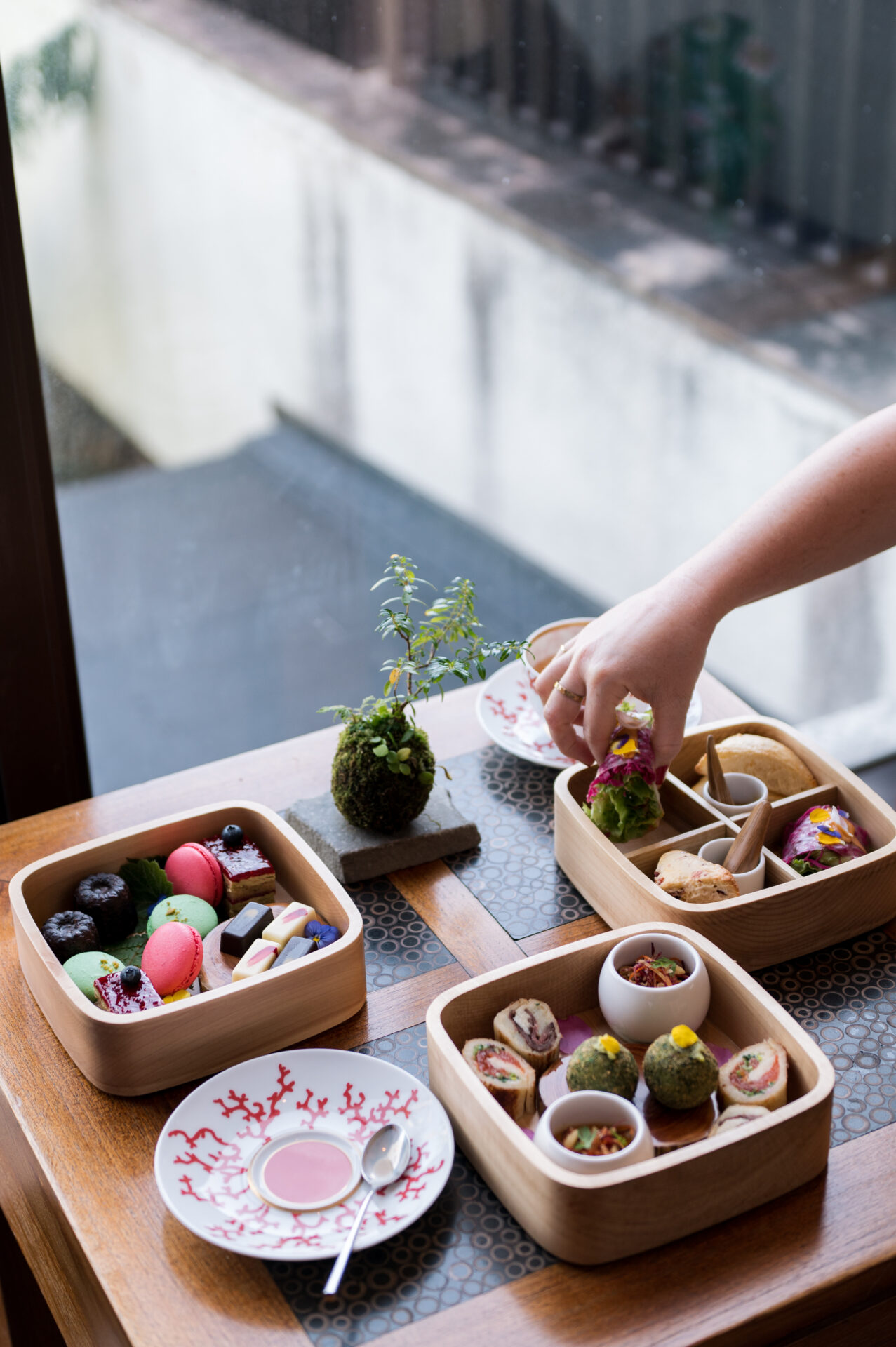
In early spring, tankan oranges are picked from the orchards, while the warmer summer months bring a bounty of tropical fruits – including dragonfruit, which can be sampled at breakfast in the hotel’s homemade jam. Choose from the spa’s wellness menu of bespoke detoxifying and revitalising therapies, designed to prepare and pamper guests before and after trekking through the nearby forests.
Share this article
Latest stories
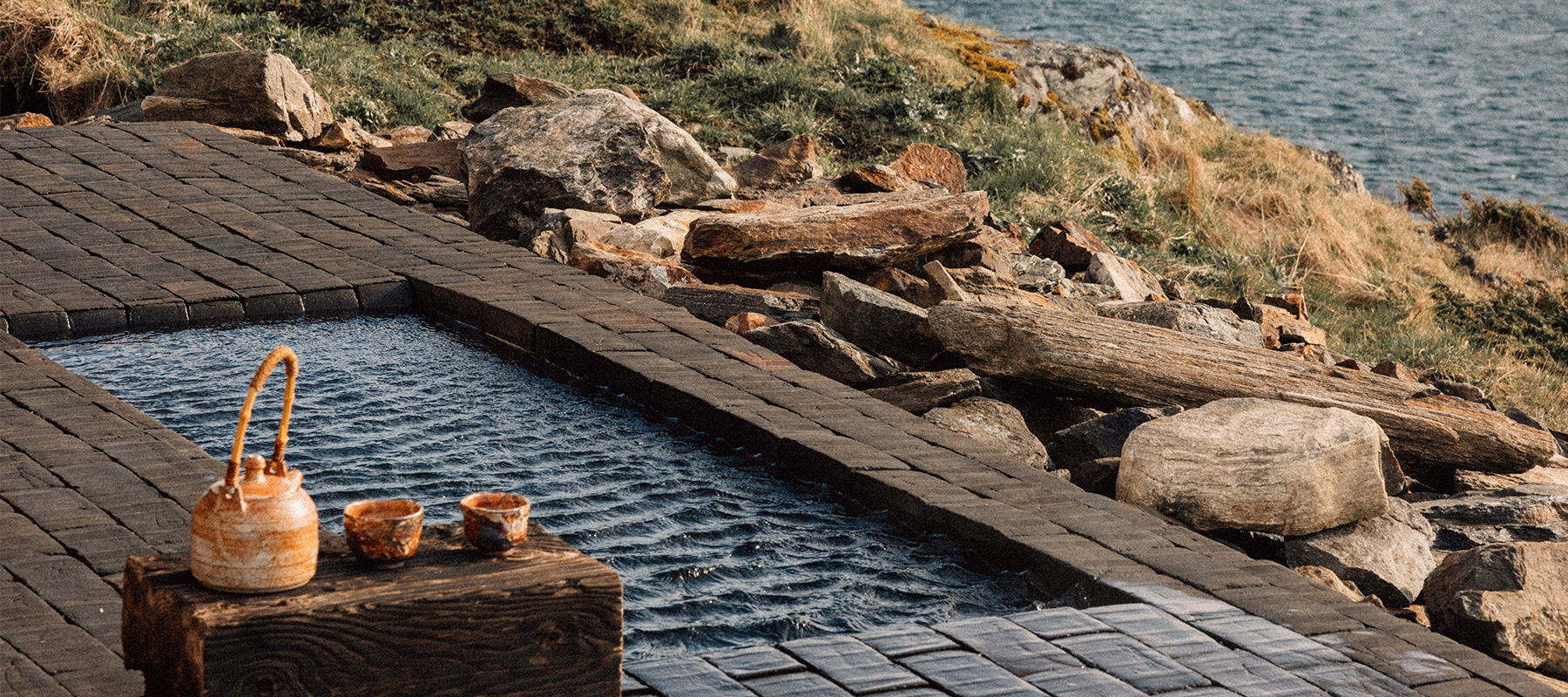
How bathing culture boosts health: saunas, onsen and contrast therapy
Saunas have been a way of life in the Nordic and Baltic countries for generations, as have Japanese onsen and soaking in geothermal hot springs everywhere from Iceland to Italy. Whether you choose to submerge yourself in mineral-rich spring water or bake in a sauna (traditional, infrared or steam), raising
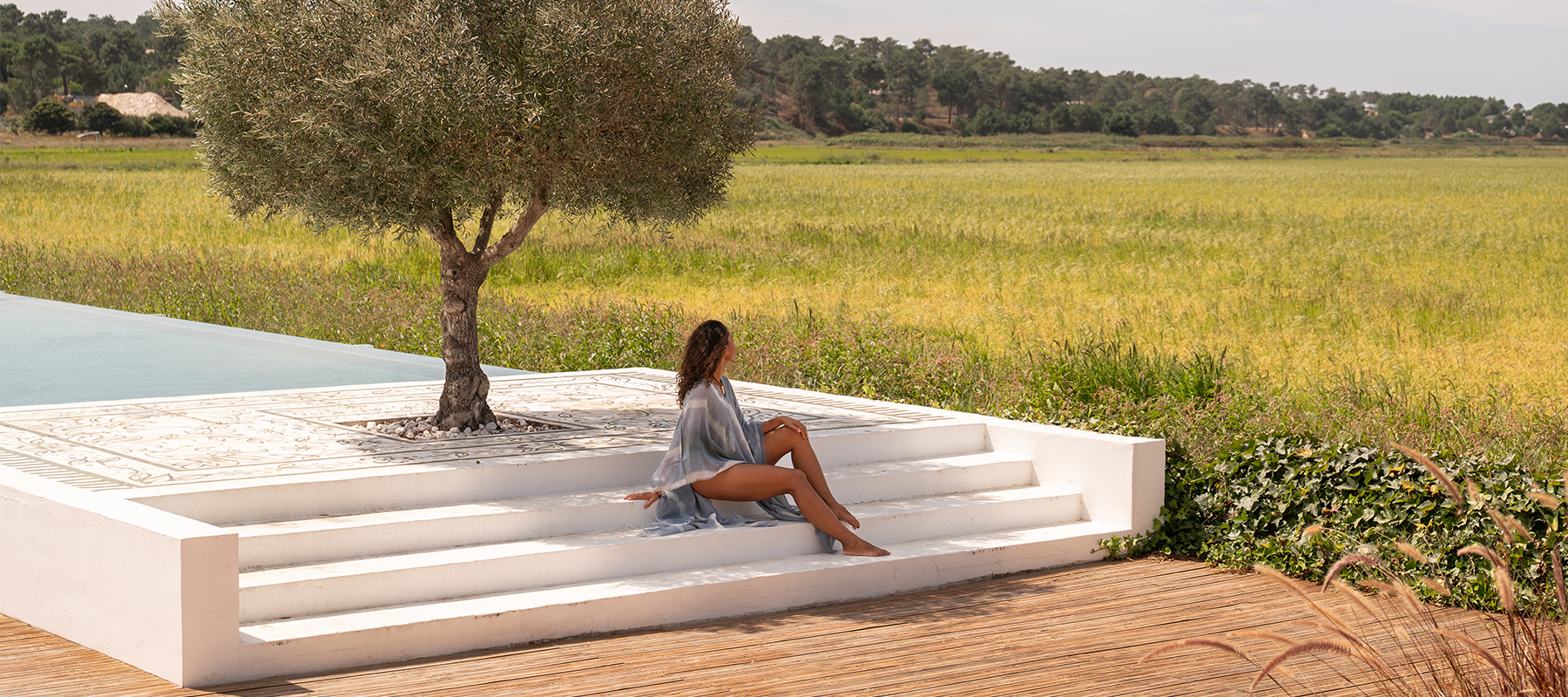
Wildly restorative: 5 nature-immersed wellbeing retreats
When life feels overstimulated and ungrounded, nature has a way of calling us back to ourselves. From jungle canopies and thermal rivers to rice paddies and seaweed-wrapped coastlines, these wellbeing retreats invite a slower, more intuitive kind of restoration — one shaped by landscape, culture and ancient ritual. Part of
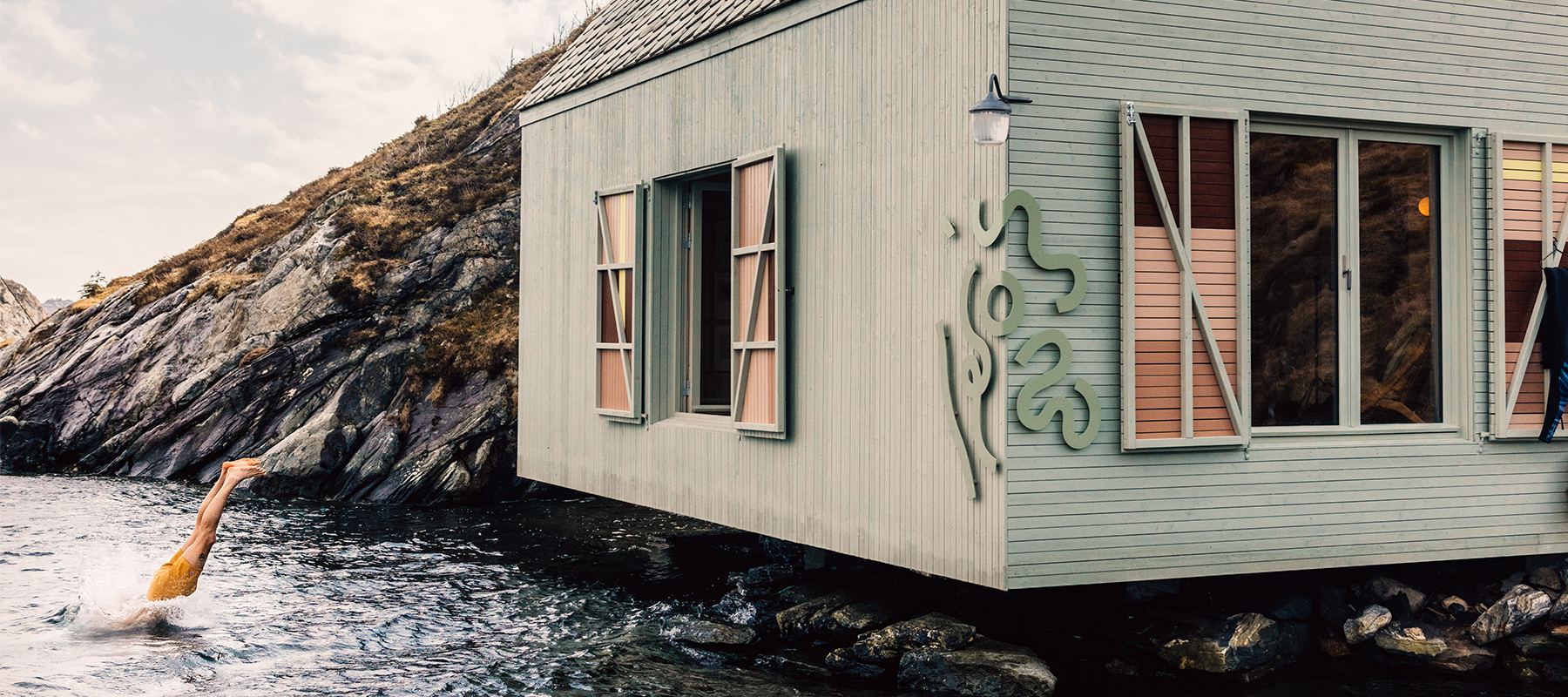
From Nordic cabins to cave suites: top boutique hotels for January
January has a way of sharpening the senses — a moment to pause, take stock and choose travels that feel intentional. Some escapes offer deep calm in dramatic landscapes, from Norway’s island edges to Sri Lanka’s mist-wrapped highlands. Others inspire with vineyard views in South Africa’s wine region, stone-carved suites

A foodie guide to Ireland: from coastal catches to country kitchens
With Guinness as rich as its landscapes are green — and whiskey never far from reach — Ireland’s charms can be drunk in and eaten up from the moment you arrive. And while its culinary reputation has soared in recent years, nothing quite compares to tasting your way around the

